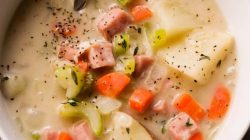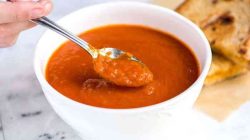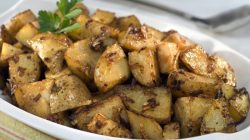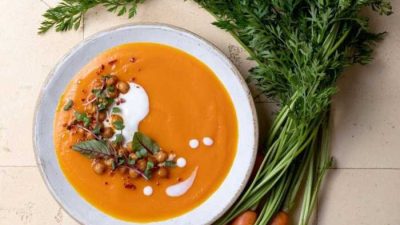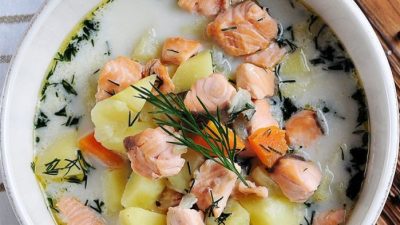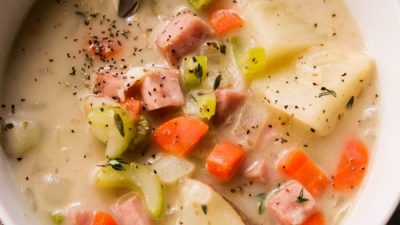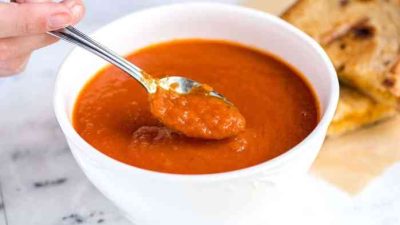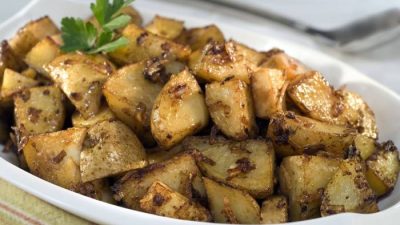Turkey Vegetable Soup Recipe Variations
Recipe for turkey vegetable soup – This section explores diverse approaches to crafting turkey vegetable soup, catering to various cooking styles and dietary preferences. We’ll examine variations using different cooking methods, highlight nutritional benefits, and provide options for large gatherings. We’ll also consider dietary adaptations and explore creative serving suggestions.
Recipe Variations Using Different Cooking Methods
| Recipe Name | Cooking Method | Key Ingredients | Preparation Time |
|---|---|---|---|
| Classic Stovetop Turkey Vegetable Soup | Stovetop | Turkey breast, carrots, celery, onions, potatoes, chicken broth, herbs (thyme, rosemary), noodles | 45-60 minutes |
| Slow Cooker Turkey Vegetable Soup | Slow Cooker | Ground turkey, mixed vegetables (frozen blend), diced tomatoes, vegetable broth, barley, spices (cumin, paprika) | 6-8 hours on low, or 3-4 hours on high |
| Pressure Cooker Turkey Vegetable Soup | Pressure Cooker | Leftover turkey, butternut squash, kale, lentils, chicken broth, garlic, ginger | 20-30 minutes (including pressure build-up and natural release) |
Nutritionally Optimized Turkey Vegetable Soup
This recipe emphasizes nutrient-rich ingredients to maximize health benefits. The use of dark meat turkey provides extra iron, while the abundance of vegetables offers vitamins and fiber.
Ingredients: Dark meat turkey (for iron), carrots (beta-carotene), sweet potatoes (vitamin A), spinach (iron and antioxidants), celery (vitamin K), bone broth (collagen), quinoa (protein and fiber). Benefits: This combination promotes immune function, improves digestion, and supports overall well-being.
Large-Batch Turkey Vegetable Soup Recipe
Preparing a large quantity of soup requires adjustments to ingredient ratios and cooking techniques. Doubling or tripling the recipe is straightforward, but using larger pots or slow cookers is essential. For bulk preparation, consider using pre-chopped vegetables and making the broth ahead of time.
Example: To make a triple batch, simply multiply all ingredient quantities by three. Use a large stockpot or a combination of large pots and slow cookers. Consider using pre-chopped vegetables to save time.
Ingredient Exploration
The choice of turkey and vegetables significantly impacts the soup’s flavor and texture. Understanding the nuances of different broth types is crucial for achieving the desired taste profile. This section explores these essential aspects of recipe development.
Turkey Selection
Different cuts of turkey offer varying flavor and texture profiles. Dark meat provides a richer, more savory taste and a slightly tougher texture, while white meat is leaner and more delicate. Ground turkey offers convenience and can be used as a base for a heartier soup.
Vegetable Combinations
A diverse range of vegetables can be incorporated, enhancing both flavor and texture. Strategic combinations create a balanced culinary experience.
- Crunchy: Celery, carrots, green beans
- Soft: Potatoes, sweet potatoes, butternut squash
- Earthy: Mushrooms, parsnips, turnips
- Sweet: Corn, peas, bell peppers
Broth Selection
The choice of broth significantly influences the overall taste of the soup. Chicken broth provides a classic savory flavor, while vegetable broth offers a lighter, more nuanced taste. Turkey broth, when homemade, imparts a deep, rich turkey flavor, perfectly complementing the other ingredients.
Cooking Techniques & Tips
Mastering the art of stock making, sautéing vegetables, and thickening the soup are key to achieving a superior turkey vegetable soup. This section provides detailed guidance on these crucial techniques.
Making Turkey Stock
Homemade turkey stock enhances the depth of flavor in the soup. Begin by roasting turkey bones and scraps (neck, wings, etc.) until browned. Then, simmer the bones with aromatics (onions, carrots, celery) and herbs (bay leaf, thyme) in water for several hours. Strain and cool before using.
Sautéing Vegetables
Sautéing vegetables before adding them to the soup intensifies their flavor and enhances their texture. Heat a tablespoon of oil in a pan over medium heat. Add vegetables and cook, stirring occasionally, until softened and slightly caramelized. This step adds depth and complexity to the soup.
Thickening the Soup
- Cornstarch Slurry: Mix cornstarch with cold water to create a smooth slurry. Stir into the simmering soup and cook until thickened.
- Roux: Melt butter in a pan, whisk in flour, and cook until lightly browned. Gradually whisk in hot soup broth until smooth. Add to the soup and simmer until thickened.
- Pureed Vegetables: Puree a portion of the cooked vegetables and stir back into the soup for a naturally thickened, creamy consistency.
Serving Suggestions & Enhancements: Recipe For Turkey Vegetable Soup
Elevating the presentation and flavor of your turkey vegetable soup is key to a memorable dining experience. This section explores complementary side dishes, attractive garnishes, and creative serving styles.
Complementary Side Dishes, Recipe for turkey vegetable soup
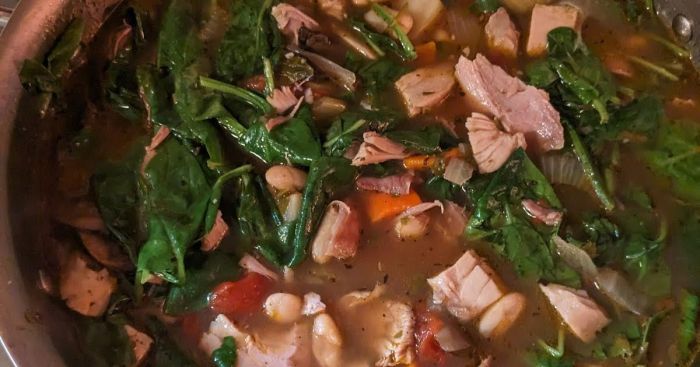
Source: googleusercontent.com
- Crustly bread
- Grilled cheese sandwich
- Simple green salad
Garnishes
Garnishes enhance both the visual appeal and flavor profile of the soup. Consider fresh herbs (parsley, chives), croutons, a dollop of sour cream or crème fraîche, or a sprinkle of grated cheese.
A hearty turkey vegetable soup is a comforting classic, perfect for chilly evenings. For a different Italian-inspired twist, you might consider checking out this olive garden soup recipe minestrone for inspiration; its robust vegetable base could easily be adapted to include turkey. Returning to our turkey soup, remember to season generously for optimal flavor.
Serving Styles
- Bowls: Classic and versatile, suitable for any occasion.
- Bread Bowls: Adds rustic charm, ideal for casual gatherings or family meals.
- Shot Glasses: A fun and elegant presentation for appetizers or tasting events.
Dietary Adaptations
Adapting the recipe to meet various dietary needs ensures inclusivity and caters to diverse preferences. This section offers modifications for gluten-free, low-sodium, and vegetarian diets.
Gluten-Free Adaptation
Use gluten-free noodles or omit noodles entirely for a gluten-free version. Ensure all other ingredients are gluten-free certified if necessary.
Low-Sodium Adaptation
Reduce or eliminate added salt. Use low-sodium broth and seasonings. Taste and adjust as needed, using herbs and spices to enhance flavor instead of salt.
Vegetarian Adaptation
Replace turkey with hearty vegetables like lentils, chickpeas, or mushrooms for a vegetarian version. Consider adding extra vegetables to boost protein content.
Visual Representation
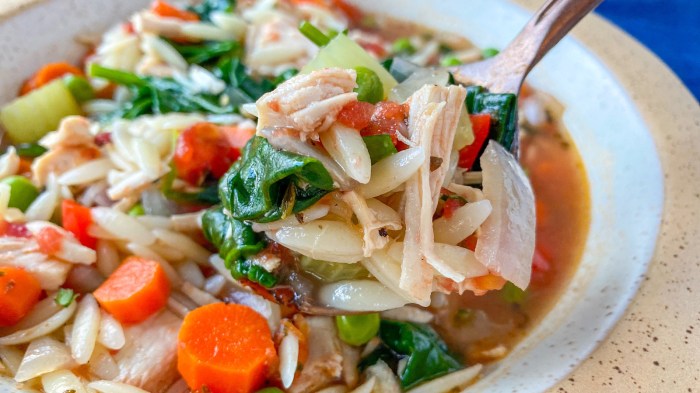
Source: tastingtable.com
The visual and aromatic aspects of a well-made turkey vegetable soup are integral to the overall dining experience. This section provides a detailed sensory description of the finished product.
Ideal Color Palette and Texture
A perfectly cooked turkey vegetable soup boasts a rich, warm color palette. The broth should be a deep golden hue, punctuated by the vibrant colors of the vegetables – the orange of carrots, the green of spinach, the yellow of potatoes. The texture should be hearty yet comforting, with a mix of tender vegetables and succulent turkey pieces.
Aroma Description
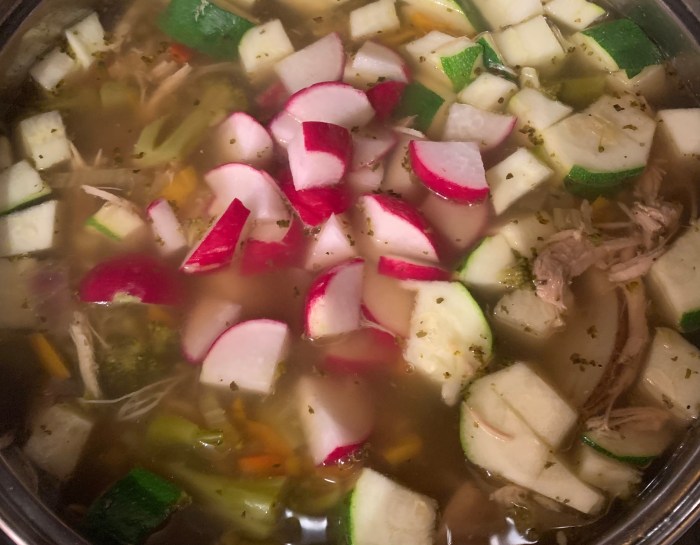
Source: mylot.com
The aroma of freshly made turkey vegetable soup is both inviting and comforting. It’s a complex blend of savory notes from the turkey, earthy undertones from the vegetables (like mushrooms or carrots), and the subtle fragrance of herbs like thyme and rosemary. A hint of sweetness from added vegetables, like sweet potatoes, adds a pleasing complexity to the overall scent.
Soup Assembly
To create a visually appealing bowl, layer ingredients thoughtfully. Start with a base of broth, then add larger vegetable pieces, followed by smaller vegetables and finally, pieces of turkey. A garnish of fresh herbs can be added to the top for an attractive final touch.
FAQ Compilation
Can I freeze leftover turkey vegetable soup?
Yes, turkey vegetable soup freezes well. Allow it to cool completely before storing in airtight containers for up to 3 months.
How can I make the soup spicier?
Add a pinch of cayenne pepper, a dash of hot sauce, or some chopped jalapeños for extra heat.
What can I substitute for turkey?
Chicken, chicken sausage, or even lentils can be used as substitutes for turkey.
How long can I store the soup in the refrigerator?
Store leftover soup in an airtight container in the refrigerator for up to 4 days.




